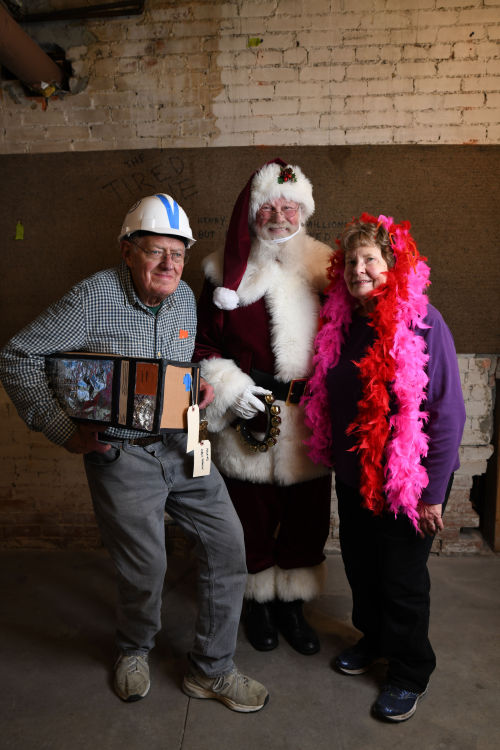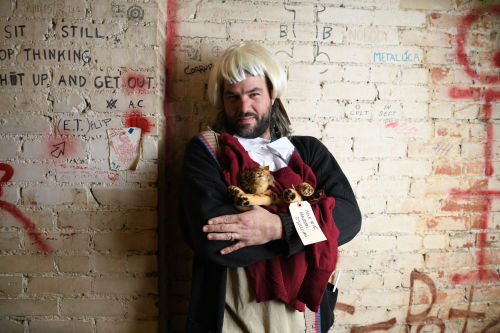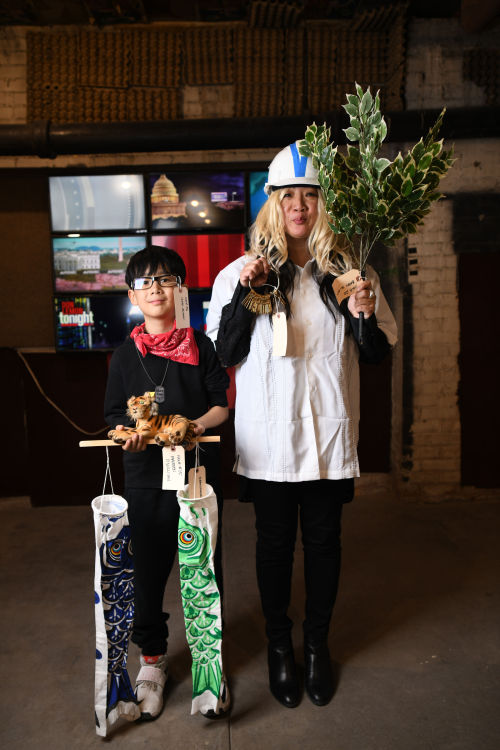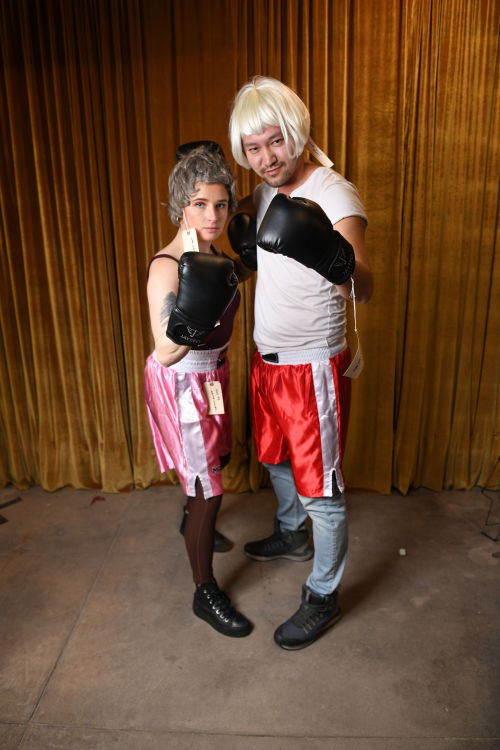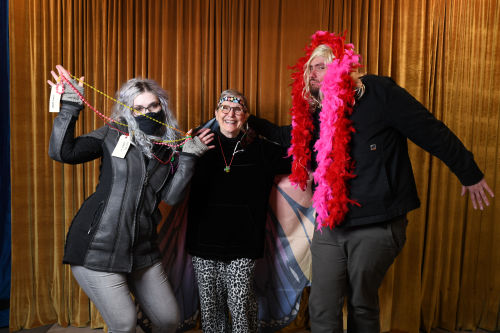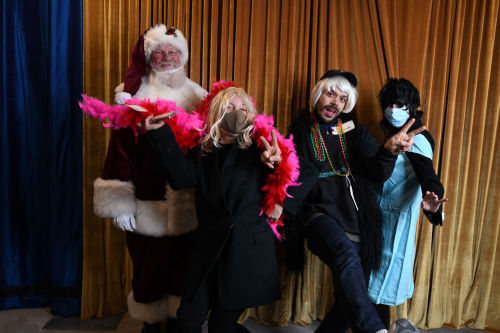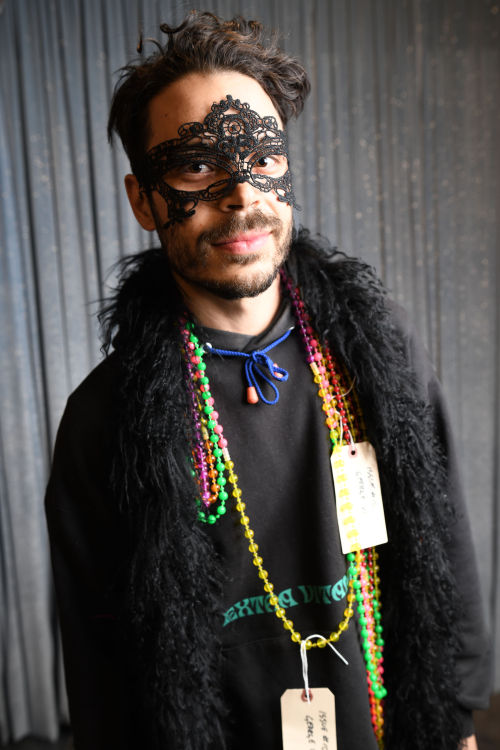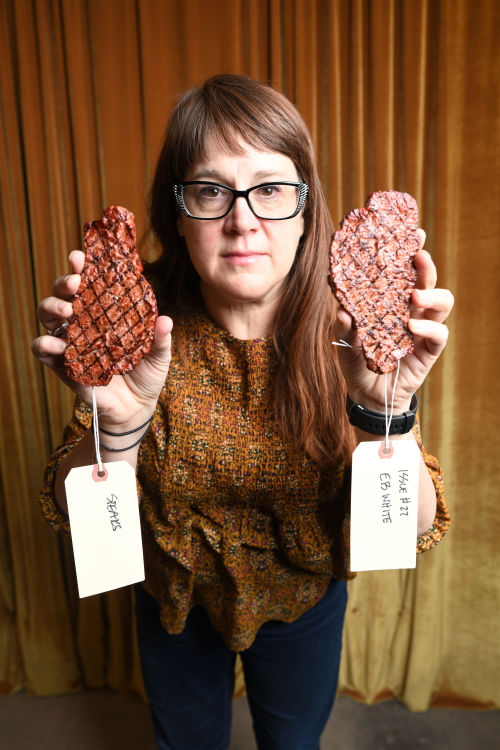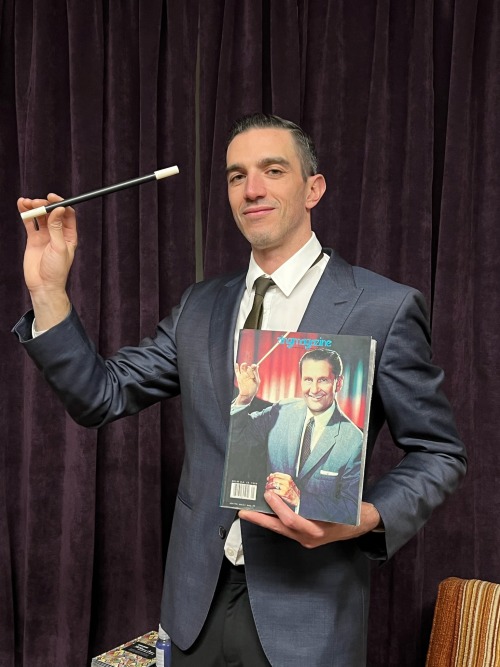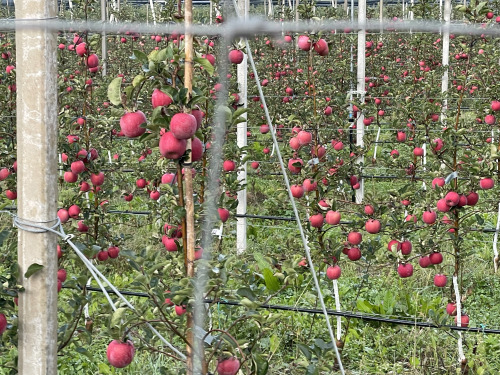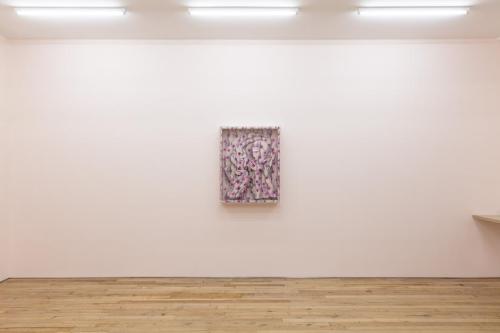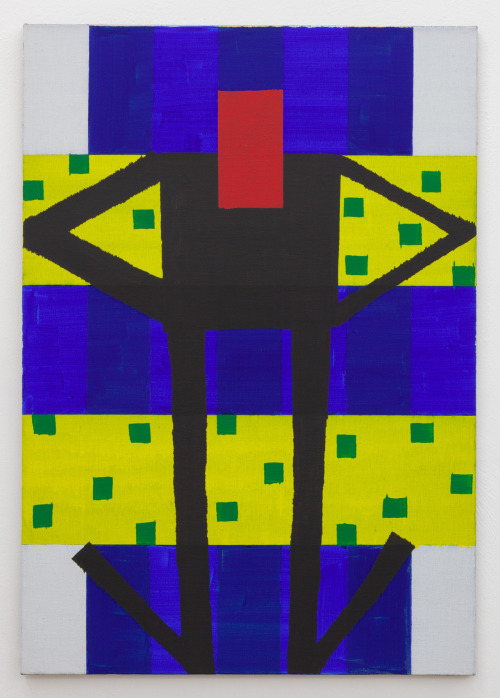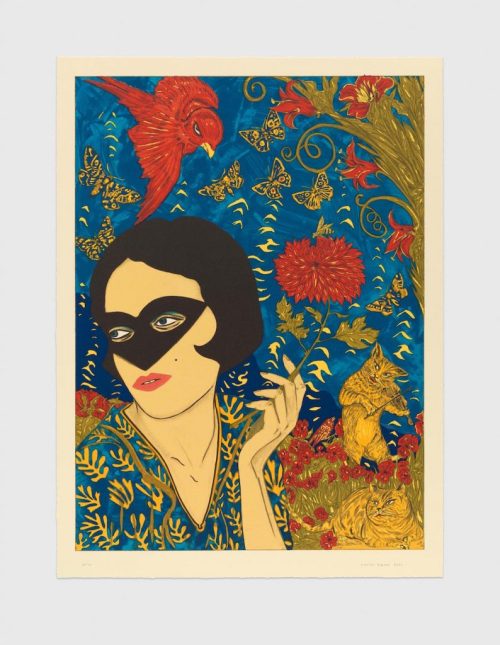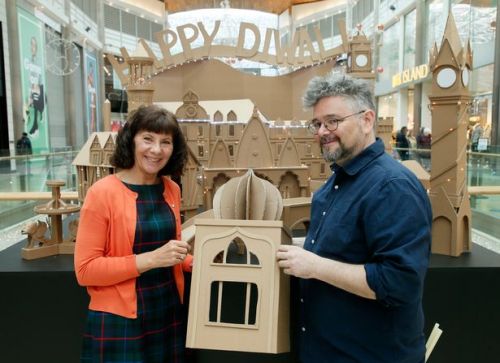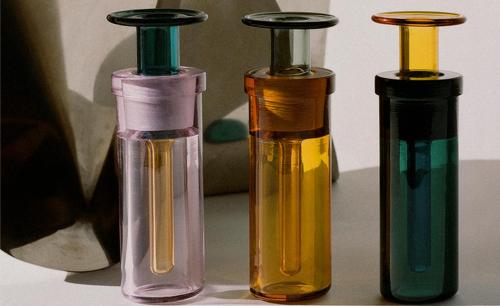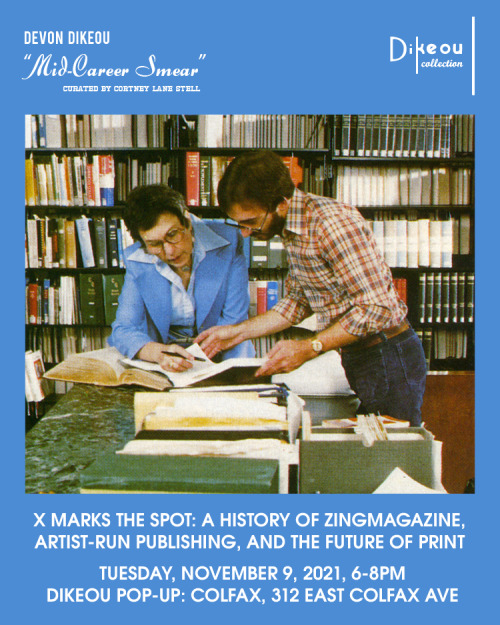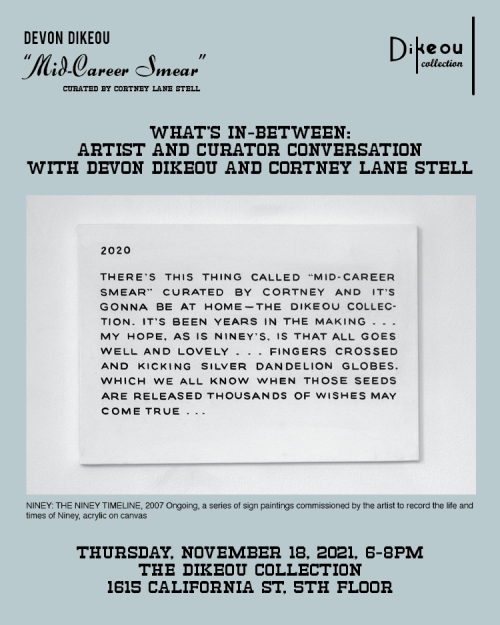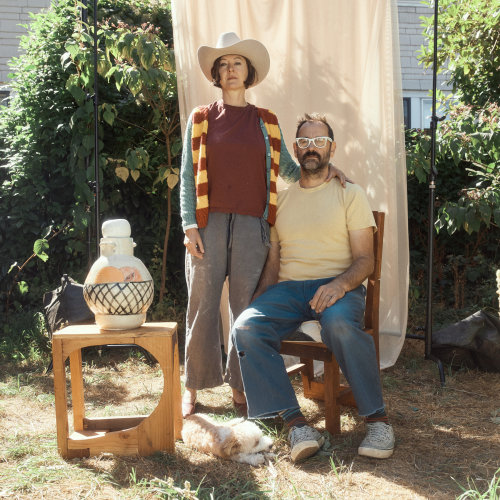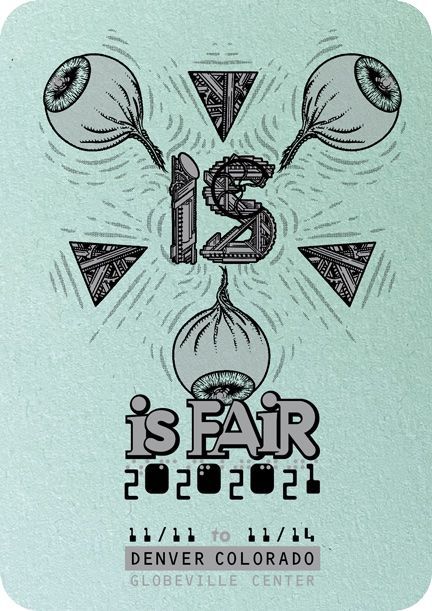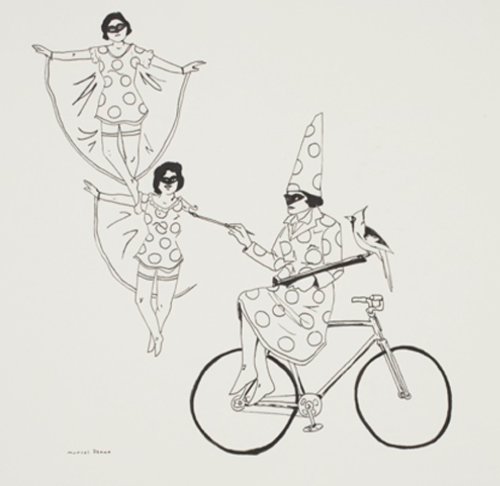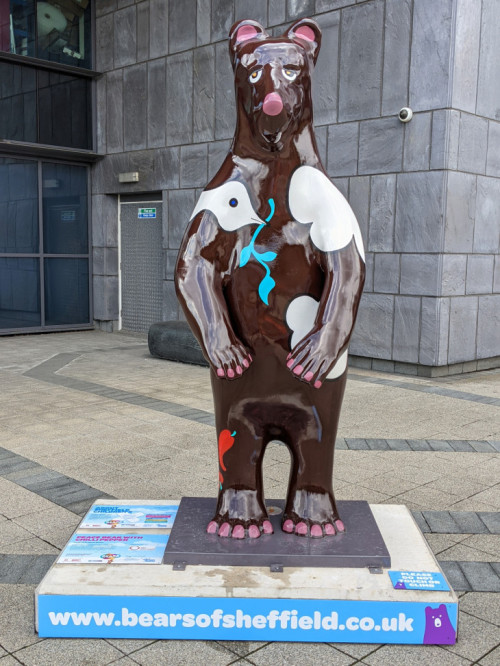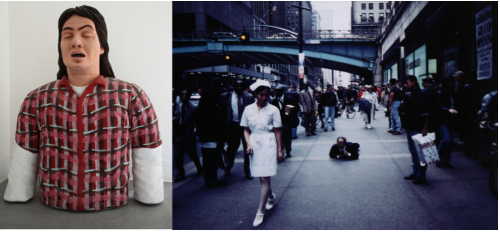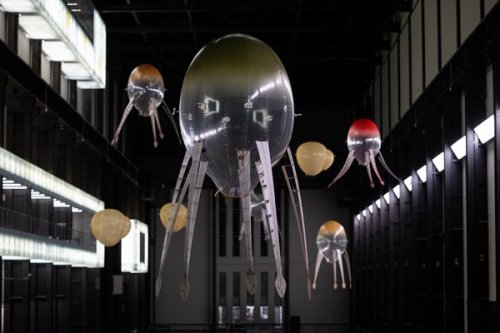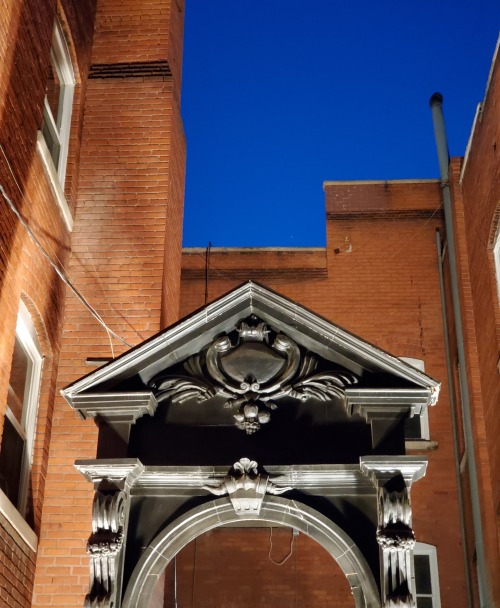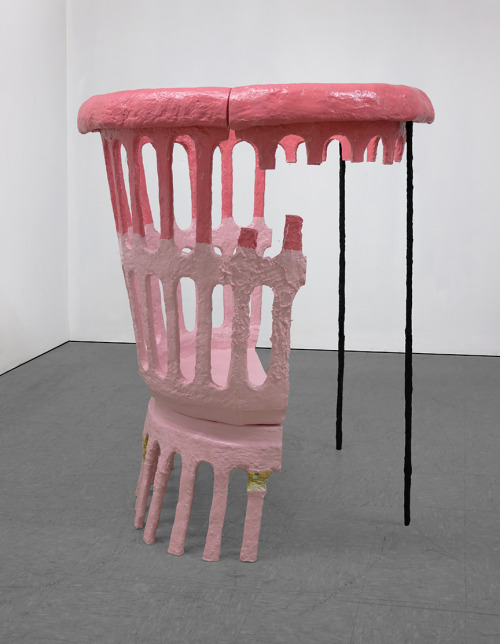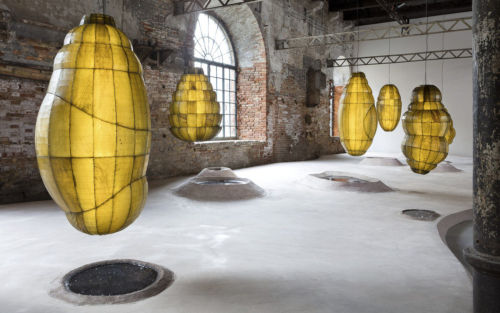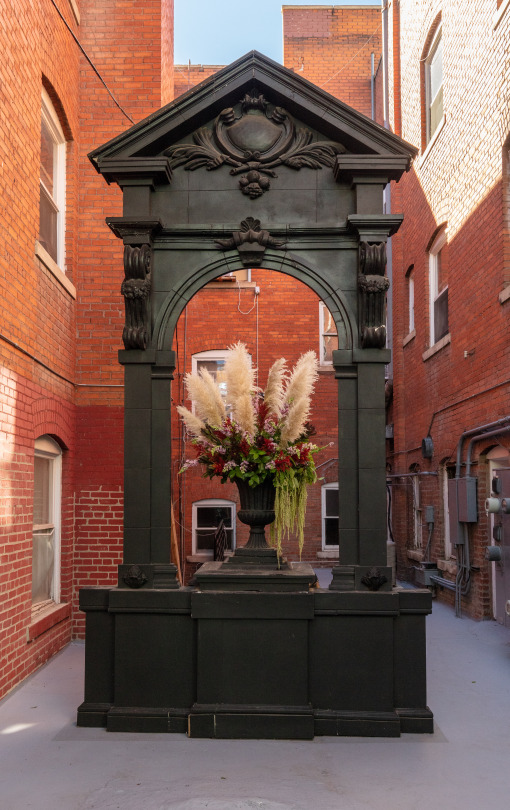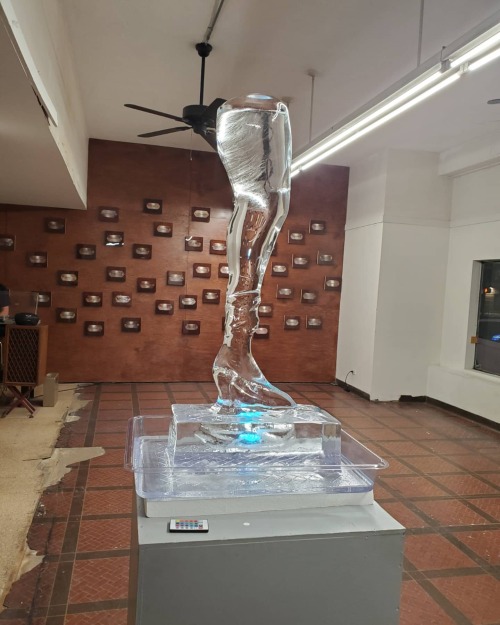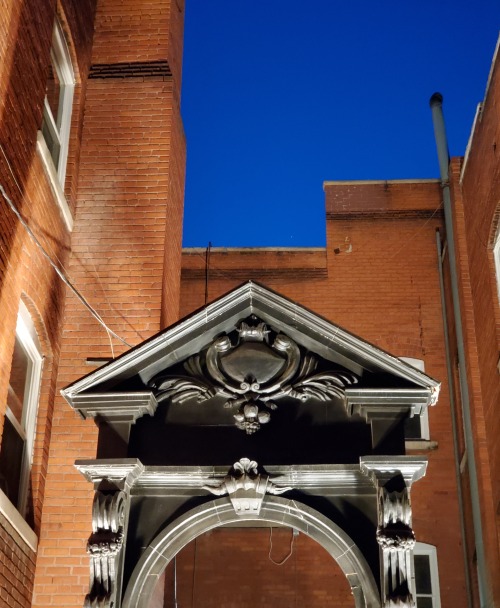Recap: Winter Solstice at Dikeou Pop-Up: Colfax

Photo by Anthony Camera
The winter solstice is a time to reflect on the year that’s passed, and prepare for the new year ahead. Celebrated as Yule, an ancient pagan holiday, the solstice nestles itself between Hanukkah, Christmas, Kwanzaa and other year-end festivities to symbolically (and astronomically) observe the longest night with brighter days to come. Our new tradition at The Dikeou Collection is to commemorate the seasonal equinoxes and solstices with a reception at Dikeou Pop-Up: Colfax, so on December 21 we put on our dancing shoes and party hats, and lots of other pagan garb, and made the most out of the longest night of the year.

Photo by Anthony Camera
With its close proximity to Christmas, the solstice was the perfect opportunity to activate one of Devon Dikeou’s early performance pieces, “You Better Watch Out” (1991 Ongoing). Santa John was in attendance and pulled out all the stops - asking attendees if they’ve been naughty or nice, delighting in milk and cookies, and spiking the egg nog. Dikeou’s “Donation” was rejuvenated with an installation of fresh flowers, and was in good company with Lizzi Bougatsos’ “Self-Portrait.” DARIA Magazine founder and editor Genevieve Waller played festive selections from our vinyl archived, adorned in her finest gothic-wear for the dark night ahead.
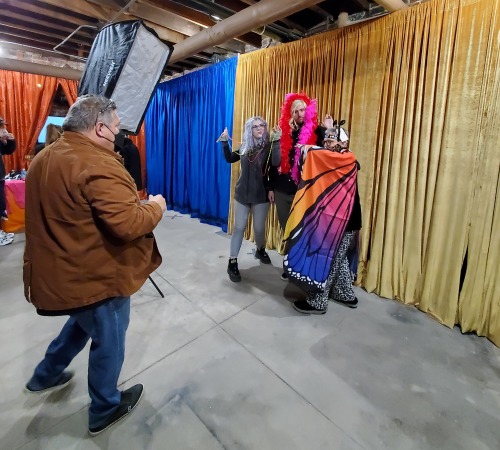
Devon has been collecting costume materials over the last few months to match the groovy vintage photos that grace the cover of zingmagazine as solstice garb. Photographer Anthony Camera could not have been more excited to document all the action as we played dress up in the rock’n’roll basement. The results are nothing short of amazing…
All of the following images by Anthony Camera Photography. More selections can be found at www.dikeoucollection.org, and the full portfolio can be viewed at anthonycamera.com
